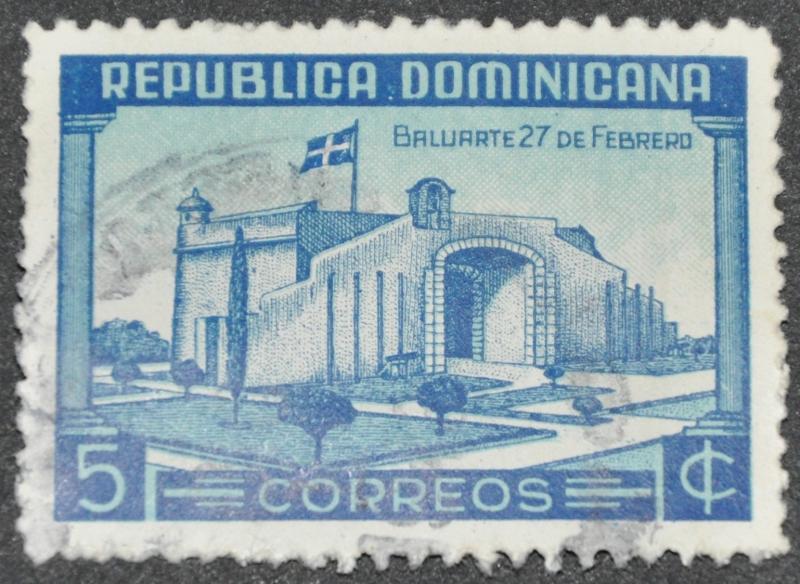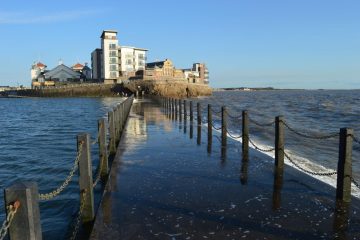Exploring the Dominican Republic: Culture, Tourism, and Economy

Introduction
The Dominican Republic, sharing the island of Hispaniola with Haiti, is a Caribbean nation rich in culture, history, and natural beauty. As one of the most popular tourist destinations in the Caribbean, it attracts millions of visitors annually, drawn by its stunning beaches, vibrant music and dance, and warm climate. Understanding the Dominican Republic’s significance in the tourism sector provides insight into its economic development and cultural identity.
Glimpse into Tourism
In 2023, the Dominican Republic recorded over 7 million international tourist arrivals, making it a leading player in the Caribbean tourism industry. Punta Cana and Puerto Plata are among the most visited regions, renowned for their all-inclusive resorts, world-class beaches, and numerous activities that cater to diverse traveller preferences.
Resorts and tourism businesses have flourished due to government initiatives aimed at enhancing the tourism infrastructure. The Ministry of Tourism has reported a revitalisation of tourism strategies post-pandemic, focusing on sustainable tourism to preserve the rich natural and cultural resources of the area.
Cultural Heritage
The cultural landscape of the Dominican Republic is a blend of African, European, and indigenous Taino influences. Cities like Santo Domingo boast colonial architecture, vibrant street life, and an array of music that includes merengue and bachata, which are recognised as UNESCO Intangible Cultural Heritage. The annual Merengue Festival attracts both locals and tourists, showcasing the nation’s top dancers and musicians.
Economic Impact
The tourism sector accounts for a significant portion of the Dominican Republic’s GDP, contributing approximately 18% as of 2022. The country is also expanding its agricultural exports, particularly cacao, coffee, and organic products, as part of a broader strategy to diversify its economy beyond tourism. This diversification helps improve the resilience and sustainability of the economy.
Conclusion
As the Dominican Republic continues to strengthen its tourism and economic sectors, it remains a captivating destination for both relaxation and exploration. The island’s mix of natural beauty, rich cultural heritage, and economic growth offers a vibrant landscape that is of great interest to travellers and investors alike. With ongoing efforts in sustainable tourism and economic diversification, the future looks promising for this Caribbean gem.









